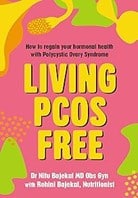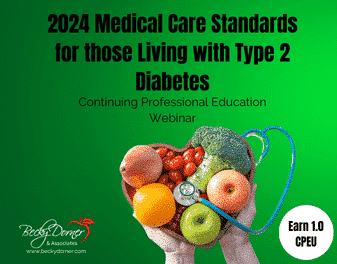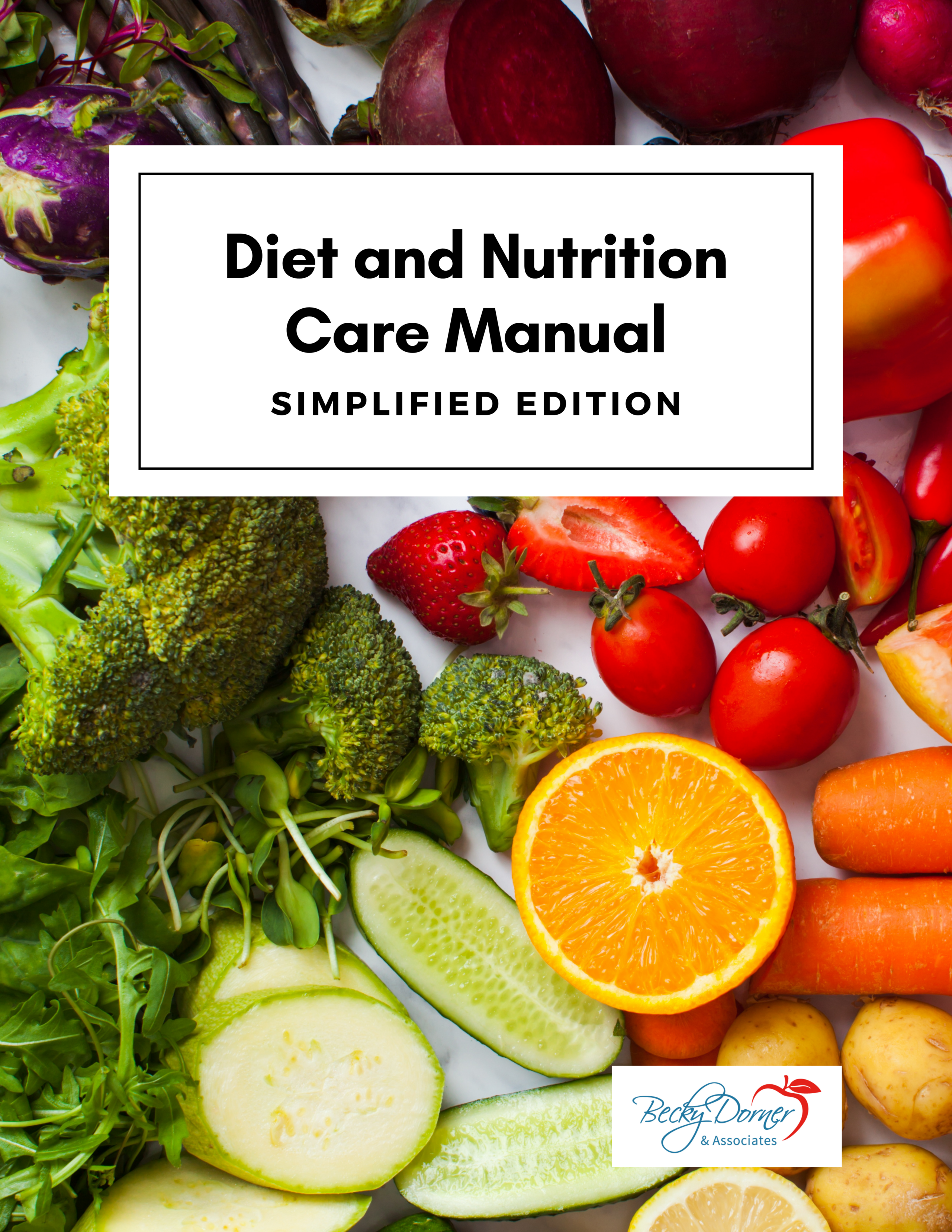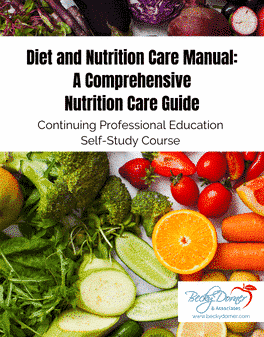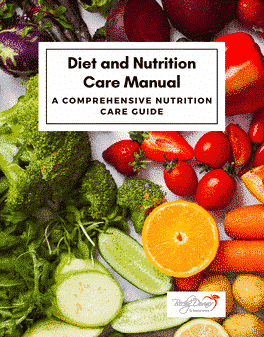Hot Topics in Nutrition Care for Older Adults from ADA FNCE 2010
The American Dietetic Association (ADA) held its annual Food and Nutrition Conference and Exhibition (FNCE) in Boston November 6-9, 2010. It was a great meeting with lots of new information! Hot topics in nutrition care for older adults included the ADA Evidence Analysis Library project on Unintended Weight Loss in Older Adults, the new ADA position and practice papers on Nutrition Interventions for Older Adults in Health Care Communities from the Oct. 2010 JADA (we shared the link in our October e-zine); sarcopenia/sarcopenic obesity and the role of nutrition, protein and physical activity; validated nutrition screening tools; and of course Health Care Reform and a whole lot more!
Sue Albrecht, MS, RD, Health Quality Review Specialist for CMS Region 1 and the ADA Dietetics in Health Care Communities (DHCC) CMS contact very graciously shared some important information and fielded many questions on the MDS 3.0. Here are a few key items she shared:
- F371 Sanitation/Food Safety is the number 1 cited tag nationally (again!)
- There are now 14 states using the QIS survey process: Connecticut, Kansas, Ohio, Louisiana, Florida, Minnesota, North Carolina, New Mexico, West Virginia, Maryland, Washington, Delaware, Maine and Vermont. QIS training is scheduled to begin in Georgia and Arizona early this winter.
- MDS 3.0, Care Area Assessments (CAAs) and Care Area Triggers (CATs):
> CAAs are basically what we used to call “RAPS”, and the CATs used to be what we called the RAP Summary. If anything triggers on the CATs, than you need to do a CAA. In some cases there is no nutrition intervention. In these cases you need to document in detail why there is no nutrition intervention (why you did not intervene).
> CMS is not mandating that you fill in the CAA checklists that are in the resource section of the MDS 3.0/RAI manual (unless it is your facility’s policy to do so). If you choose to fill them in and they become a part of the medical record, then CMS can certainly use them as part of their review. CAA checklists are there to help you think things through and write the care plan. One audience member noted that the CAA checklists are good learning tools. She found it helpful to fill in the checklists for her own personal use just to learn all the potential issues that you might want to address in your assessment and care plan. Once she learned all the issues, then she didn’t need the checklists any more.
> The key is to be sure that you document why you did or did not address an issue in the nutrition assessment and/or nutrition notes. Under section V, it is fine to write in “See RD notes”, but if you do that then you must be sure that you documented why you did or why you did not address nutrition issues. In other words, make sure that if you refer them back to your assessment that you thoroughly documented appropriately in the assessment. For example, let’s say the resident’s BMI was >25.9 which triggered for a CAA and you chose not to intervene. Did you document why you chose not to intervene? (An example might be that this resident has been at this same body weight – their usual body weight – for 20 years and the does not want to lose weight. - Therapeutic Diets:
> If you are adding anything to increase calories or protein (such as adding extra pudding or cottage cheese to the diet each day), it is considered a supplement and therefore, part of the therapeutic diet.


